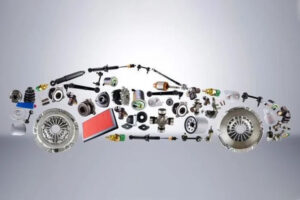
Powder Metallurgy in Automotive Applications
With the advancement of technology, powder metallurgy in automotive applications is becoming more widespread. Do you know how many powder metal parts are in an
Motorcycling is closer to nature and easier to maneuver than driving. Many young people like this cool and exciting mode of transportation. Motorcycles are also constantly updated and iterated, which is naturally inseparable from emerging technologies and materials.
Powder metallurgy (PM) is one.
PM technology has been booming in recent years due to its fast production speed, high material utilization rate and less secondary processing. Especially, the powder metallurgy applications in motorcycles has continued to grow.
Let me give you a detailed introduction:
If you want a smooth and comfortable ride, shock absorbers are essential. They absorb and dampen shocks and vibrations from the road.
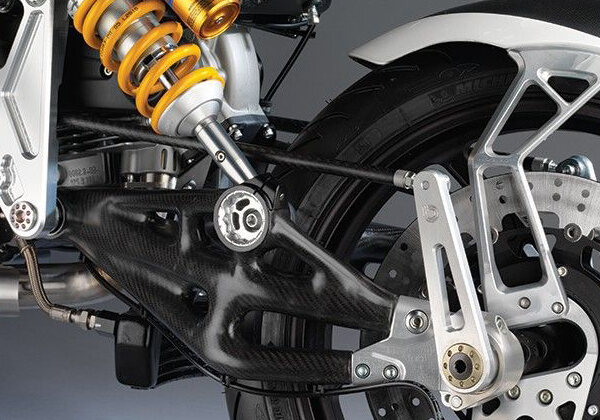
The pistons move up and down in the shock absorber body, creating damping by passing oil pressure through small orifices or valves. PM can produce pistons with complex internal structures and high wear resistance to improve damping performance.
Powder metallurgy shock absorber pistons are mostly iron-based materials with a density of 6.5g/cm3 and hardness of 70-90HRB.
Valves control the flow of hydraulic oil to provide damping.
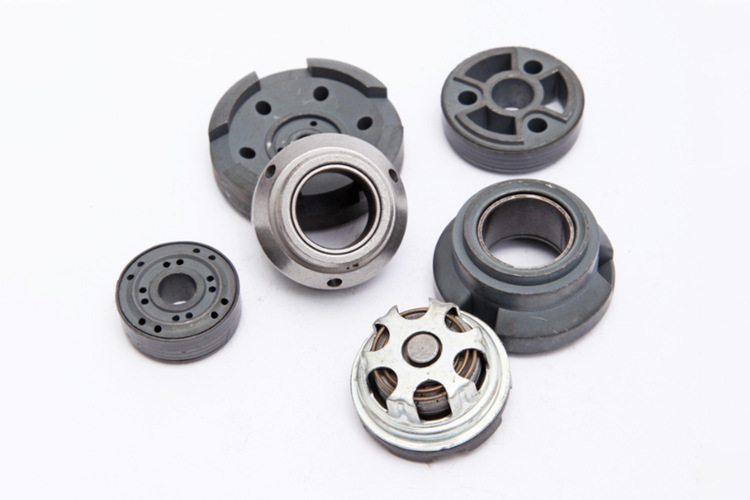
Driven gears are common in transmission systems. They obtain power from the engine through the driving gear (or input gear) and further transmit it to other gears.
Since driven gears have high requirements for tooth profile accuracy, secondary processing is often necessary. Powder metallurgy process can produce near net shape gears and reduce subsequent processing.
Powder metallurgy driven gears have the characteristics of good wear resistance and low noise.
However, during heat treatment and sintering process, the tooth profile and tooth direction will also produce certain deformation. Therefore, more attention should be paid to improving mold accuracy and reducing deformation.
It is integrated with the transmission for smooth shifting and helps in moving the shift fork to engage different gears.
Valve guide is a cylindrical component inside the engine cylinder head. It facilitates in proper alignment of the valve stem and thus smooth operation of the valve.
Some motorcycles you may know, such as the Honda CG125 and CD70, use powder metallurgy valve guides.
Besides, the valve guide contributes to transferring heat from the valve stem and reducing its wear.
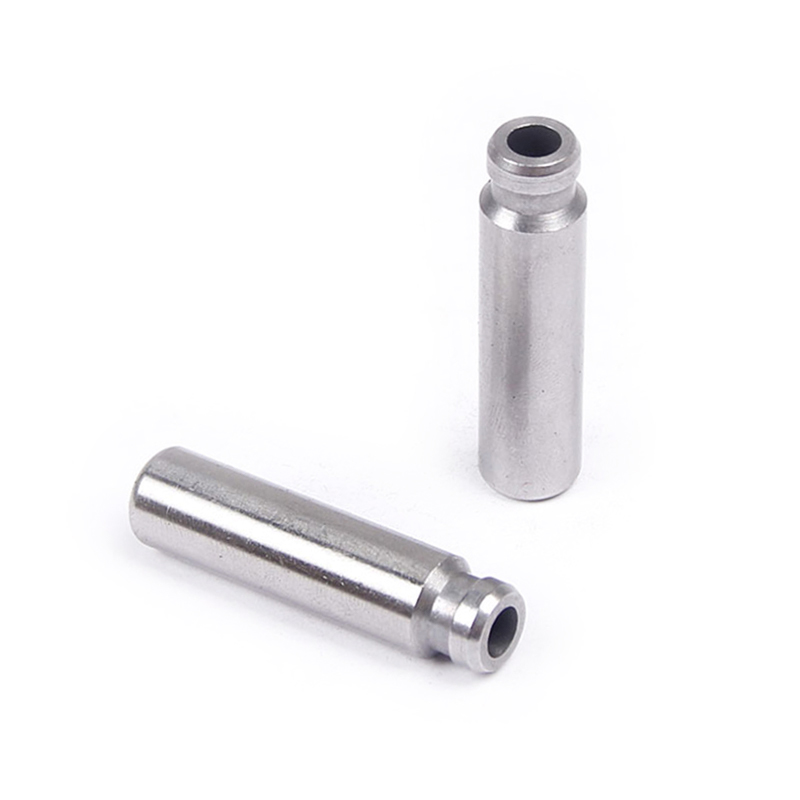
The motorcycle camshaft governor regulates the engine speed by controlling the camshaft. Therefore, it keeps the engine running within a safe speed range.
Sintered camshaft governor has such pros:
You might already know the oil pump rotor, which is essential in the oil pump system of a motorcycle engine.
It circulates oil throughout the engine so that all moving parts are properly lubricated, reducing friction and preventing overheating.

What are friction plates? These are designed to transmit power from the engine to the transmission by engaging and disengaging the clutch.
Clutch friction plates are typically made from composite materials with high friction properties to withstand high temperatures and wear. The image below shows the sintered clutch friction plate for a KTM 50 SX.
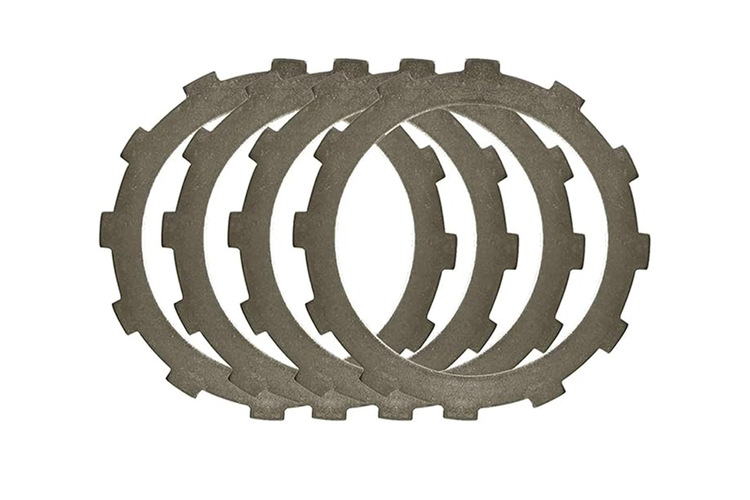
This component is applied in the timing system of motorcycle engines to synchronize the rotation of the camshaft and crankshaft.
The camshaft sprocket is connected to the crankshaft via a timing chain or belt. By rotating the camshaft and crankshaft together, the opening and closing of the intake and exhaust valves are controlled.
Motorcycle sprocket is a gear that meshes with a chain or belt to transfer the engine’s power to the motorcycle’s rear wheel. It can adjust the speed and torque of the wheel.
Sprockets are divided into front and rear sprockets. Manufacturers usually employed iron or iron alloy to make Sprocket, with a density of about 6-7.2/cm3.
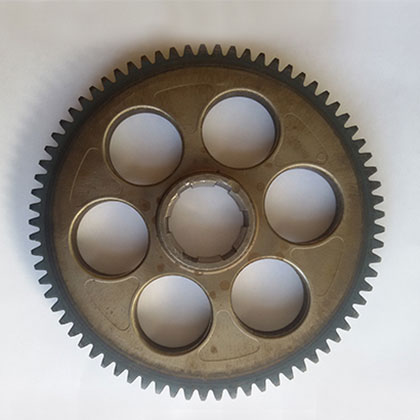
As we all know, safe motorcycling is closely related to the braking system, and brake pads are one of the considerable factors.
Motorcycle brake pads convert kinetic energy into heat through friction to slow down or stop the speed of the motorcycle. Sintered brake pads have the following advantages:
Sintered brake pads are extremely wear-resistant, making them ideal for high-performance motorcycles and heavy-duty.
They can withstand higher temperatures than organic or semi-metallic brake pads, reducing the risk of brake failure during heavy braking.
Sintered brake pads exhibit excellent braking performance in a variety of conditions, including wet and dry environments.
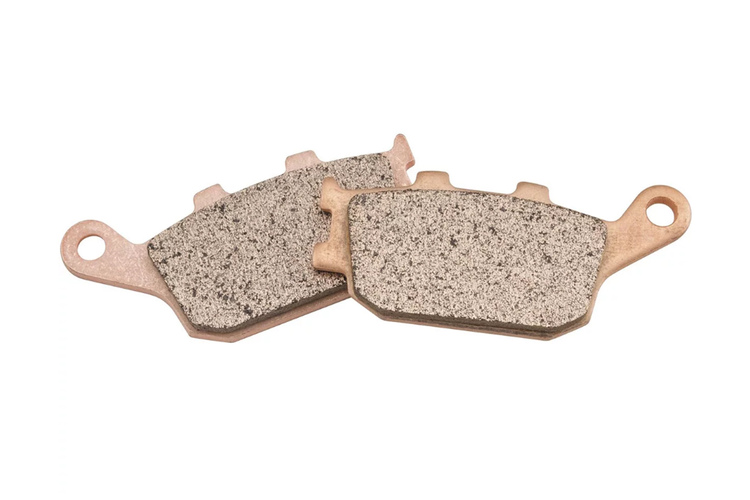
The intake and exhaust valve seats work in a high temperature environment, with the temperature reaching about 500°C. You can solve this problem by producing high-temperature alloy materials through powder metallurgy.
A motorcycle clutch drive wheel bushing is a component in a motorcycle clutch system. It helps promote smooth operation and engagement of the clutch by reducing friction and wear between moving parts.
Here are some pros of powder metallurgy applications in motocycles.
PM can produce producr close to their final shape, with high mass production efficiency, effectively reducing motorcycle production costs.
The precision of sintered motorcycle parts generally reaches IT 8-9. After the sizing process, the precision of the sintered parts is further improved, potentially increasing to IT 5-7.
Powder metal parts have very little material waste, and waste products can be recycled for secondary use. In addition, there is no need to melt metal during sintering process, so less energy is consumed.
Powder metal components have many gaps inside. By immersing oil into the product through impregnation process, a good self-lubricating effect can be achieved. This eliminates the need for subsequent lubrication and increases the service life of product.

With the advancement of technology, powder metallurgy in automotive applications is becoming more widespread. Do you know how many powder metal parts are in an
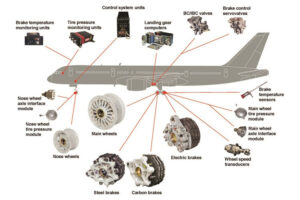
You may have heard that powder metallurgy (PM) is widely applied in the mechanical industry. But do you know about powder metallurgy applications in aerospace?
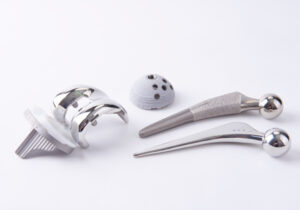
As the population ages, the health of the elderly deserves more attention. This is inseparable from advanced medical technology and equipment. It goes without saying
Email: [email protected]
Copyright © 2024 NINGBO BLUE MACHINES CO., LTD. | All Rights Reserved.
Our engineering team will respond to you within 24 hours.
Submit your question and we will get back to you shortly.